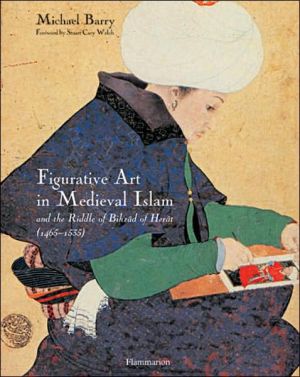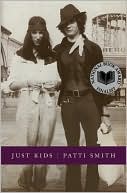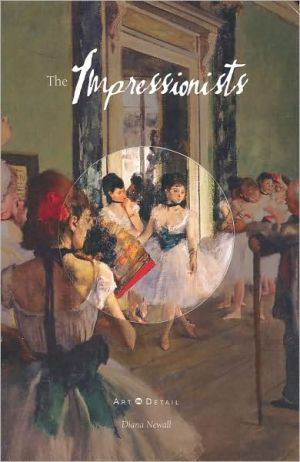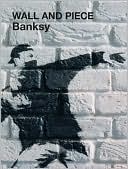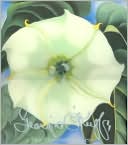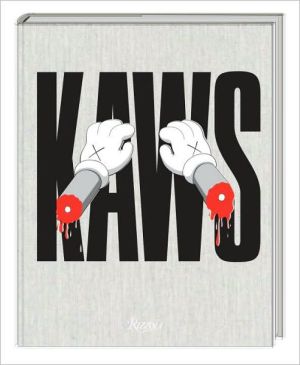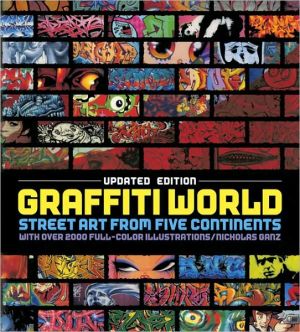Figurative Art in Medieval Islam
In terms of elucidating inner meaning and symbolism, the study of medieval Islamic art has lagged almost a full century behind that of medieval Western art. This groundbreaking work suggests how it might at last prove possible to crack the allegorical code of medieval Islamic painting during its Golden Age between the fourteenth and seventeenth centuries. Barry focuses his study around the work of Bihzâd, a painter who flourished in the late fifteenth century in the kingdom of Herat, now in...
Search in google:
Over 300 gorgeous color plates illustrate this oversize (9.5x12.5") volume and are accompanied by text that attempts to decipher the allegorical code of 15th and 16th century "Persian miniatures," in part by examining extracts of medieval mystical Persian poetry. Barry, who was recently appointed Chairman of the Department of Islamic Art at the Metropolitan Museum of Art in New York, focuses on the work of late 15th-century-painter Bihzad, and addresses the religious enigma posed by the existence of Islamic figurative art. He discusses the formation of this genre from the 8th to the 15th centuries, considers Bihzad as guild master, and examines paintings relating to Zulaykha's Castle, and to Alexander's Cave. The book includes a chronology of the Islamic Empire. Simultaneously published in French, Editions Flammarion, 2004. Distributed by Rizzoli. Annotation ©2004 Book News, Inc., Portland, ORLibrary JournalThis volume examines the existence of figurative art in Islam, an art form accepted in Persia, Mughal India, and Afghanistan that contradicts the strict injunctions against human representation by Islam (lest it encourage idolatry). Barry (lecturer, Near Eastern studies, Princeton Univ.) discusses the Greek, Arabic, and Persian preludes to this art, citing informative quotations in original works and their translations. He then examines the work and methodology of late 15th-century painter Bihzad of Herat, a recognized master of the art of the Persian miniature, which Persian and Mughal painting specialist Stuart Cary Welch discusses in the foreword. Barry is interested in the allegorical meanings of medieval Islamic painting and deciphers the visual symbols that pervade these works. What results is a sumptuous volume filled with more than 300 beautifully reproduced illustrations accompanied by a finely written text. One particularly fascinating chapter discusses the formation of figurative art in Islam from the eighth through the 15th century. There is an extensive bibliography, two small maps, and a carefully constructed chronology, all of which are very helpful. An important contribution to the study of Islamic art; for all serious art libraries.-Martin Chasin, Adult Inst., Bridgeport, CT Copyright 2005 Reed Business Information.
\ Library JournalThis volume examines the existence of figurative art in Islam, an art form accepted in Persia, Mughal India, and Afghanistan that contradicts the strict injunctions against human representation by Islam (lest it encourage idolatry). Barry (lecturer, Near Eastern studies, Princeton Univ.) discusses the Greek, Arabic, and Persian preludes to this art, citing informative quotations in original works and their translations. He then examines the work and methodology of late 15th-century painter Bihzad of Herat, a recognized master of the art of the Persian miniature, which Persian and Mughal painting specialist Stuart Cary Welch discusses in the foreword. Barry is interested in the allegorical meanings of medieval Islamic painting and deciphers the visual symbols that pervade these works. What results is a sumptuous volume filled with more than 300 beautifully reproduced illustrations accompanied by a finely written text. One particularly fascinating chapter discusses the formation of figurative art in Islam from the eighth through the 15th century. There is an extensive bibliography, two small maps, and a carefully constructed chronology, all of which are very helpful. An important contribution to the study of Islamic art; for all serious art libraries.-Martin Chasin, Adult Inst., Bridgeport, CT Copyright 2005 Reed Business Information.\ \
